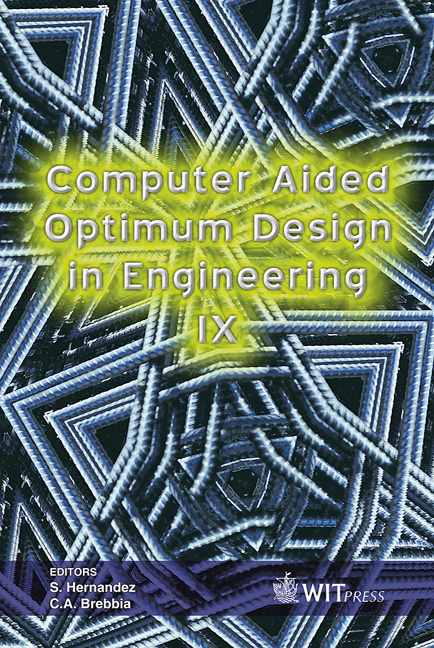The Optimization Of An Industrial Pneumatic Supply System
Price
Free (open access)
Transaction
Volume
80
Pages
10
Published
2005
Size
369 kb
Paper DOI
10.2495/OP050391
Copyright
WIT Press
Author(s)
R. W. Derksen & E. Hancox
Abstract
Pneumatic supply systems provide the high quality, high-pressure air used in industrial settings. They can consume significant amounts of energy as well as requiring significant capitol investment in equipment, whereas an optimum selection of components and other design considerations can result in significant savings. The objective of this work was to investigate the use of Differential Evolution (DE) to help design a pneumatic supply system based on a selection of components from a component database. This design ensured that as many individual components were used, in series or parallel, to provide the desired pressure and flow rate. The use of a database to select components is of special interest as it is characterized by a discrete, and hence non-differentiable, variation between component performances. DE was used to systematically, and efficiently, find the best combination of components that was least expensive for the payback period under consideration. One outcome of this work is a modification to DE that allows us to reliably determine not only the best combination, but also the N-best solutions. An interesting and unexpected result, for the system we considered, was that as the payback period got longer, the best system switched from a single compressor system to a dual compressor system. Keywords: Differential Evolution (DE), genetic algorithms, optimization, evolutionary algorithms, pneumatic supply, compressed air, and design. 1 Introduction The objective of this work was to obtain a better understanding of the optimization of engineering design problems which contain discrete parameters. The application of modern, computer based optimization methods to engineering
Keywords
Differential Evolution (DE), genetic algorithms, optimization, evolutionary algorithms, pneumatic supply, compressed air, and design.





